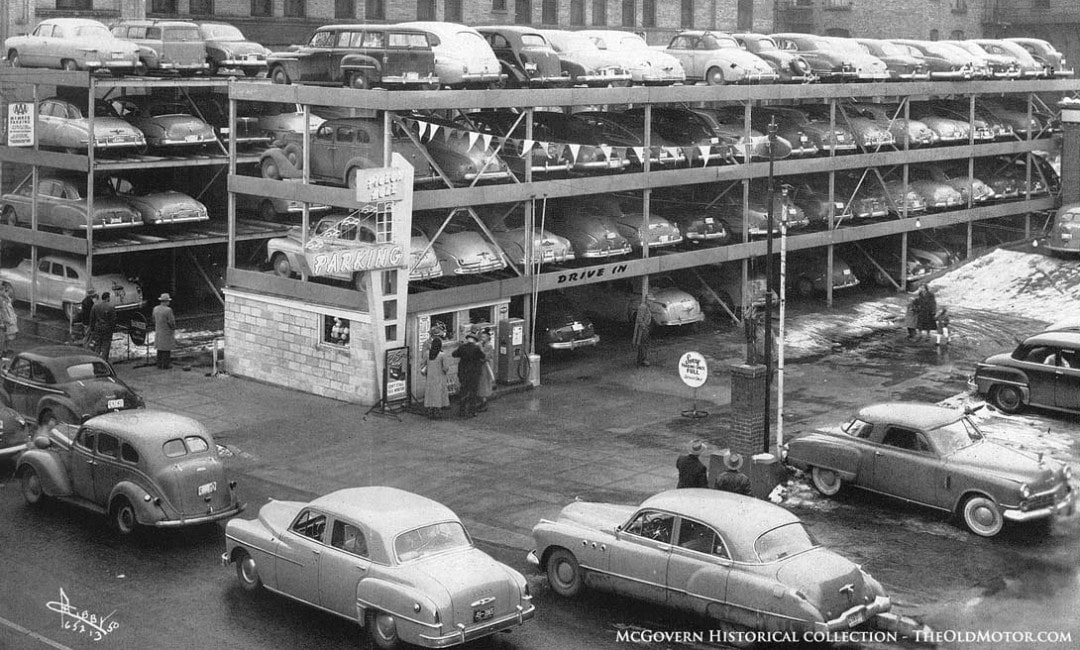The History of Automated Car Parking System
The modern-day menace of parking space crunch has led to the rising popularity of automated car parking systems. It works on the concept of a multi-storey parking, where cars are stacked on multiple levels to maximize the number of parking spaces while minimizing land usage. However, this is a hardly recent phenomenon. It first appeared in Europe as early as the 1900s and in North America in the 1920s. Since then, optimal space and land utilization have remained its objectives. Let’s walk through the history of automated car parking system.
The earliest reference of the automated parking system, as we know it today, was found in 1905 at the Garage Rue de Ponthieu. The structure consisted of a lift in the center to move up cars one or two levels, wherein attendants on each floor would park them. It thus comprised many elements of the modern automated car parking system.
In the 1920s, a Ferris wheel-like APS called the ‘Paternoster system’ was built to park eight cars in the space of two cars. The structure soon became popular because it was land-efficient and easy to operate. The Nash Motor Company built the first glass-walled version of this system for the Chicago Century of Progress Exhibition in 1933. It was the precursor to the more recent Smart Car Towers in Europe.
While Washington D.C. saw its first-ever driverless parking garage in 1951, it faced frequent mechanical problems and long waiting times for patrons to retrieve their cars. The demand for APS thus declined in the USA due to these problems and took a while to take off.
Also Read: Advantages of APS (Automated Parking System)
However, APS continued a steady increase in other parts of the world, such as Korea, Japan, and parts of Europe. Technically advanced automated parking systems were installed in Europe, Asia, Central America and Japan. Its most enthusiastic adoption was seen in Japan.
In the early 1990s, Japan was constructing nearly 40,000 parking spaces annually using the paternoster APS. By the late 1990s, Japan was producing more than 100,000 automated parking spaces per year to accommodate the rapid increase in motorization driven by a growing economy and consumerism. Today Japan has an estimated 1.6 million APS.
By the 2000s, a burst of economic prosperity led to a massive increase in the number of cars in the USA and made authorities and manufacturers reconsider the adoption of APS. In 2002, the USA got its first robotic parking garage in New Jersey. According to recent data, the country has nearly 6,000 parking spaces and 25 major APS systems.
A scarcity of urban land combined with concerns over environmental sustainability, as well as the burgeoning number of cars has made APS a preferred alternative to other forms of parking, such as multi-storey parking, on-street parking etc. With the advent of IoT, sensors, and other advanced technologies, the scope and potential of APS will increase exponentially. Today, the largest automated parking facility is in Al Jahra, Kuwait, with 2,314 parking spaces.

